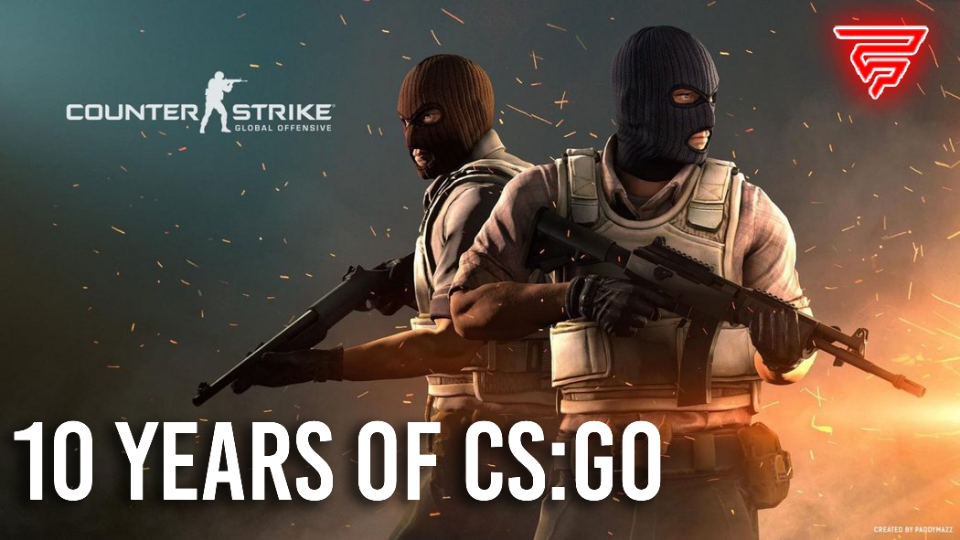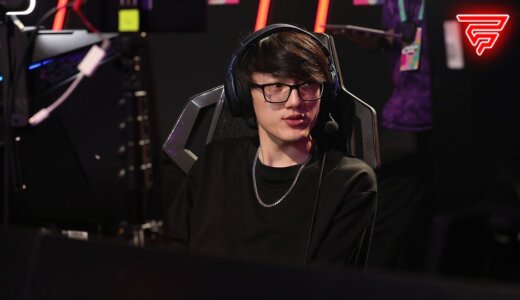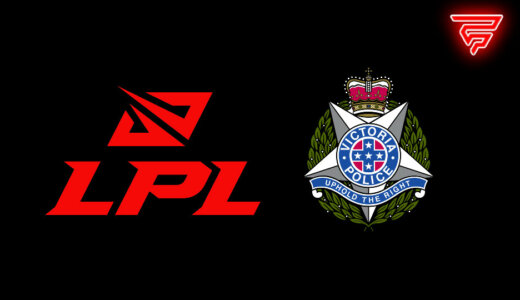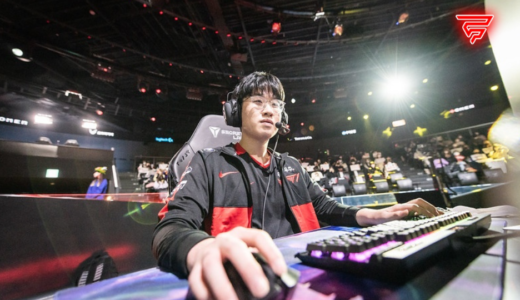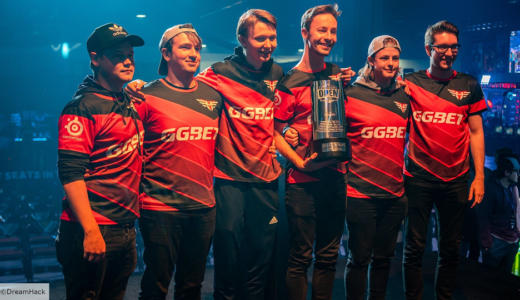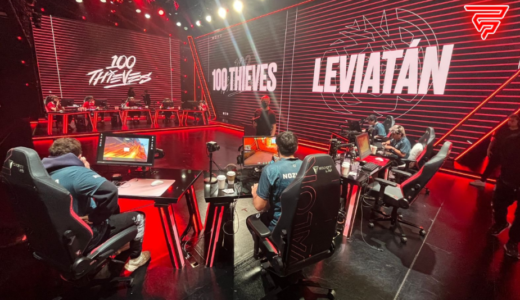Today, August 21, 2022, marks the 10th birthday of what is arguably the most popular first-person shooter in PC gaming history — Counter-Strike: Global Offensive. A decade of tinkering with the game and a decade of making esports history left countless highlights and memorable moments engraved in the memories of CS:GO community.
In this article, we picked the most memorable moments that made CS:GO.
Counter-Strike: Global Offensive is launched
After many years of CS:Source and CS:1.6 dominating the FPS market, the new flagship game of the American publisher Valve was presented in 2012. Shortly thereafter, the CS: 1.6 tournament IEM6 Global Challenge New York hosted a show match in this new title.
The show match saw 10 CS:1.6 legends playing against each other, with Team America featuring Ksharp, volcano, n0thing, fRoD and Storm against Team Europe, consisting of cArn, GeT_RiGhT, trace, zonic and lurppis. Of course, the game was played on the well-known Dust 2 map.
A few weeks after this event, the closed beta for CS:GO was launched. However, fans were not very enthusiastic at the time. Everything was new, different and very opaque. Not many believed that this game will one day conquer esports. The fact that all tournament organizers were still running their competitions in CS: 1.6 also showed that the game was not well received.
The first official CS:GO LAN tournament was the Dreamhack Valencia in September, won by Ninjas in Pyjamas.
NiP’s unbelievable win streak and first Major
The first full year for the new FPS shooter has started. In the esports scene, NiP continued to be the measure of all things and recorded a LAN map winning streak of 58 maps in a row at the beginning of the year. Unbelievable.
After many more map and tournament victories, NiP’s unchallenged record time ended with the defeat against the Russian team Virtus.pro in the finals of the SLTV StarSeries V. Following a winning streak of 87 LAN maps in a row, they had to watch another team lift the trophy for the first time.
Then, a few weeks later, the publisher held a free-to-play weekend to boost player numbers. For the first time, CS:GO reached 50,000 players simultaneously
On August 13th, everything changed with the release of weapon skins and a full marketplace just for CS:GO items with the “Arms Deal Update”. A few weeks later, Valve announced the first CS:GO Major with a $250,000 prize pool — a sum that was unimaginable for esports at the time.
The first CS:GO Major took place at Dreamhack Winter in Jönköping, Sweden, with the title contested by the two local matadors Fnatic and NiP. Surprisingly and against all expectations, it was Fnatic with players like JW, pronax, Devilwalk, flusha and znajder winning the first CS:GO Major. This tournament was not only worth its weight in gold for esports, but also for the game itself. The tournament was watched by 145,000 concurrent spectators and the number of players consequently grew to more than 92,000.
First CS:GO scandals
The next Major and the next Major victory of Virtus.pro took place in Katowice, Poland, in March 2014. Virtus.pro with MVP Jaroslaw “pashaBiceps” Jarzabkowski was the measure of all things in CS:GO from that point on. As the months passed, the game grew and grew. In January, CS:GO reached 100,000 simultaneous players for the first time. In August it was already 250,000.
Shortly before the DreamHack Winter Major, a shock seized the scene. The French player for Titan eSports Hovik “KQLY” Tovmassian was Valve Anti-Cheat (VAC) banned for cheating. Because of this ban, Titan were disqualified from the Major. Due to this incident, KQLY’s name remains known to this day, while Titan eSports ceased operations in early 2016, citing financial constraints partially related to KQLY’s ban.
The Winter DreamHack Major in Jönköping saw another scene happen that entered the CS:GO history. Swedish Fnatic player Olof “olofmeister” Kajbjer invented the 5-man pixel boost on Overpass with the code name “Olofboost”. Following the incident, the game was supposed to be repeated, however, Fnatic gave up the match because of the very negative comments from the community. As luck would have it, LDLC, who played the Olofboost, ended up winning the Major against NiP.
The beginning of 2015 saw another scandal, this time surrounding the American team iBUYPOWER. Due to a wagered game, the team was banned from all CS:GO tournaments and left the organization.
Fnatic dominance, Luminosity rising, and more prize money than ever
The ESL One Major 2015 in Katowice was the first Major with qualifying tournaments taking place on LAN. The event also brought another Major victory for Fnatic, who defended the title later in Cologne, along with multiple other victories in top-tier events. The 2015 CS:GO season was marked by the Fnatic dominance.
Although Europe was clearly the be-all and end-all in CS:GO, a Brazilian team Luminosity appeared out of nowhere and with stars like Marcelo “coldzera” David and Gabriel “FalleN” Toledo, won the first major in the US — the MLG Columbus 2016. This tournament also saw the legendary coldzera AWP scene on Mirage B, which is why graffiti was created there for eternity as well.
The year 2016 is remembered as the year when the prize pools have been raised significantly. Above all, the newly founded ELEAGUE, which also lured with a broadcast on TV, rewarded a whopping $2.5 million throughout the year. Likewise, the Major prize pools raised from $250,000 to $1 million.
There was one more significant moment in 2016. Today’s best player in the world, Oleksandr “s1mple” Kostyliev, was hired by Team Liquid.
Read the Part 2 of the Most memorable CS:GO moments series by Fragster here.
Header: Valve Corporation
